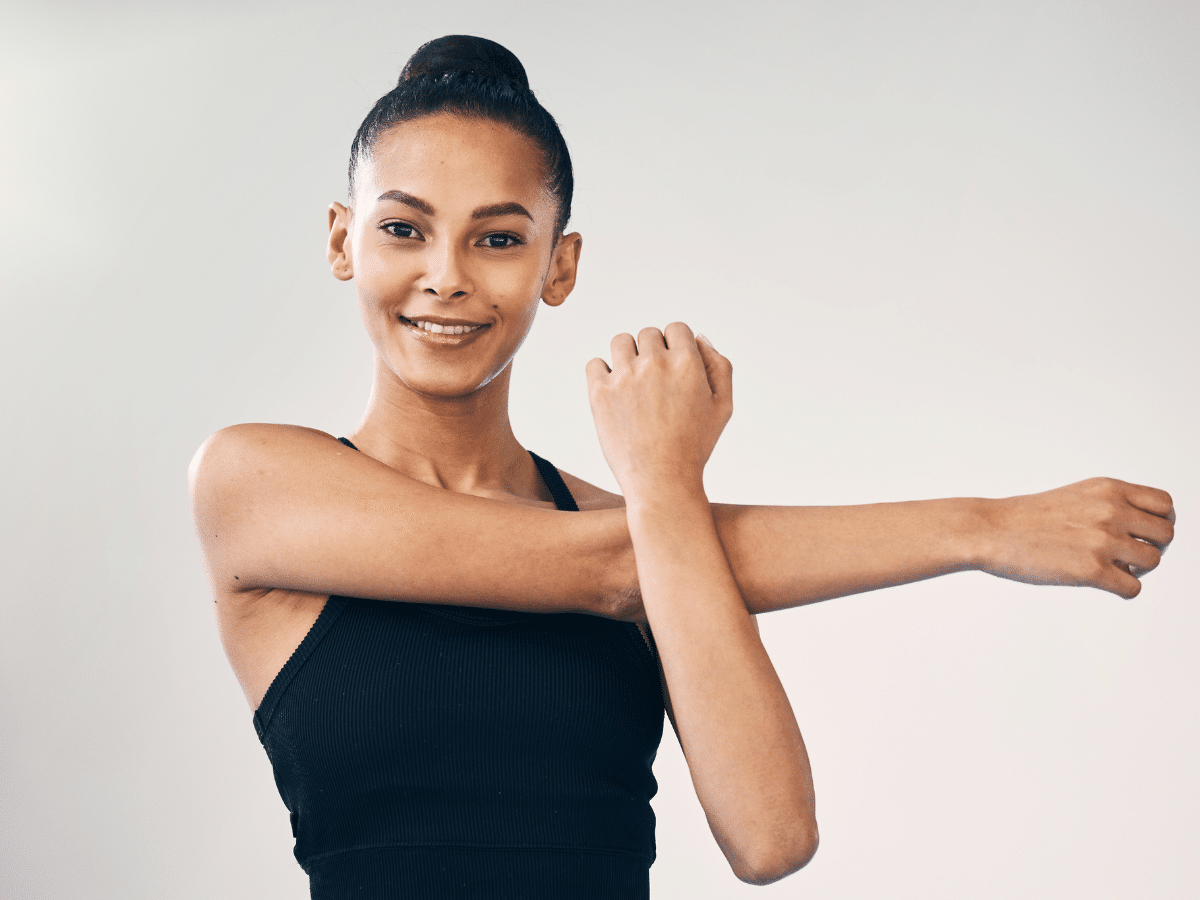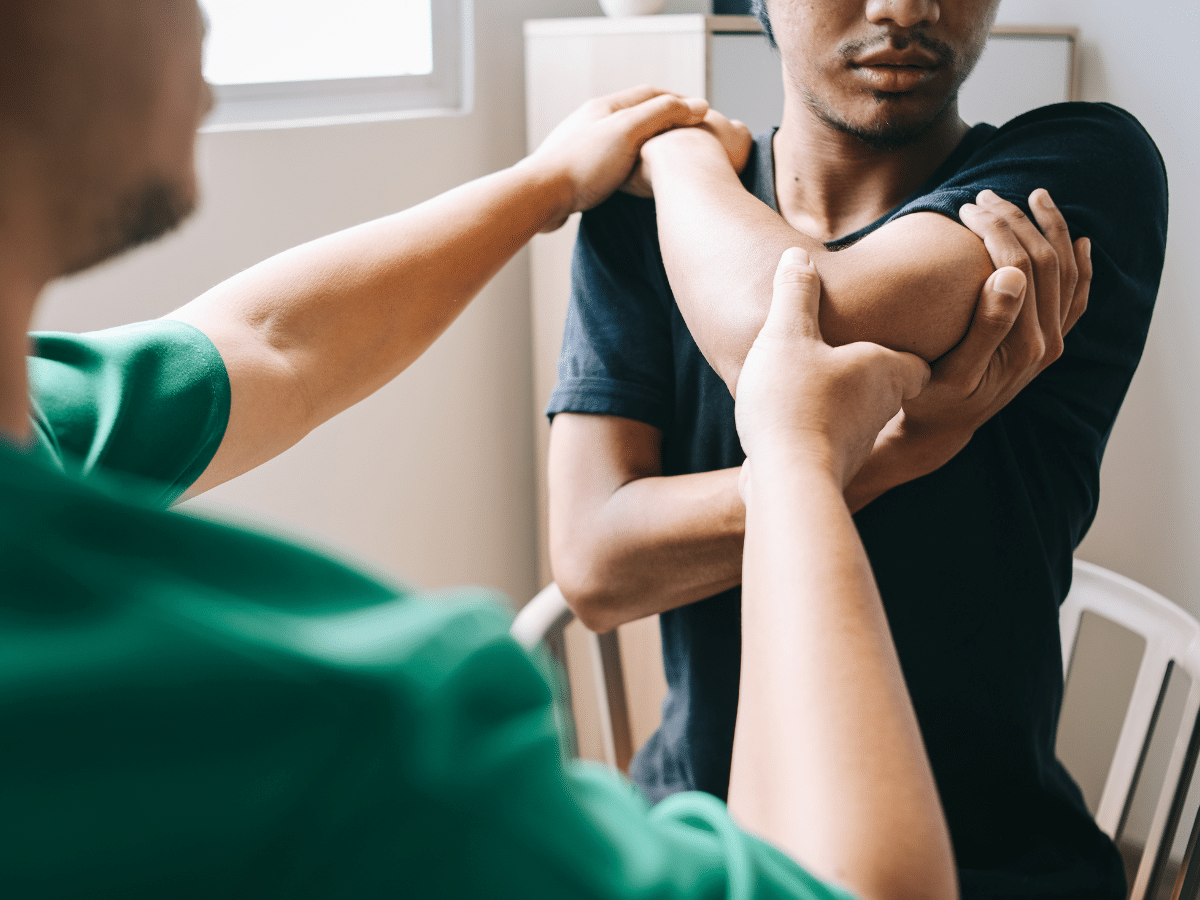Shoulder injuries can be debilitating, affecting individuals of all ages and activity levels. Whether it’s a rotator cuff tear, shoulder dislocation, or other shoulder problems, the road to recovery often involves surgical intervention.
Returning to the game after shoulder surgery requires patience, dedication, and a comprehensive rehabilitation plan tailored to each patient’s needs. In this blog post, we’ll explore the journey of returning to sports after shoulder surgery, including the surgical procedures involved, the role of physical therapy, and the steps toward regaining strength and mobility.
If you would like to know more about the rehabilitation process following shoulder surgery, call the office of Benjamin W. Szerlip, DO. He can provide you with expert orthopedic treatments in Austin, Texas, to help restore your shoulder function. Contact us today!
Shoulder surgery can encompass various procedures, depending on the nature and severity of the injury. Rotator cuff surgery, for example, may involve repairing a torn rotator cuff tendon through small incisions using arthroscopic techniques. In more complex cases, such as severe rotator cuff injuries or shoulder joint damage, shoulder replacement surgery or reverse shoulder arthroplasty may be necessary to restore function.
Following shoulder surgery, patients typically undergo a period of immobilization and rest to allow the surgical site to heal. This may involve wearing a sling and limiting movement to protect the shoulder joint. During this time, managing shoulder pain and swelling are essential components of the recovery process, often aided by medication, ice therapy, and elevation.

Physical therapy plays a key role in the rehabilitation process after shoulder surgery. Under the guidance of a qualified therapist, patients gradually begin to regain range of motion, strengthen the shoulder muscles, and improve function in the shoulder joint.
Therapists work with patients to target specific muscles, including those in the upper arm bone and around the shoulder blade, through a combination of exercises and manual techniques. Physical therapy exercises are tailored to each patient’s specific needs and may include the following:
Returning to sports after shoulder surgery is a gradual process that will require patience and adherence to the rehabilitation program. Most patients can expect to return to sports activities within a few months following surgery, although the timeline may vary depending on the nature of the injury and individual factors.
Initially, patients will focus on regaining basic shoulder function and gradually increasing strength and mobility. As they progress through rehabilitation, they may slowly reintroduce sports-specific movements and activities under the guidance of their physical therapist and surgeon. It’s essential to listen to your body and avoid pushing through pain or discomfort, as this can lead to further injury or setbacks.
Throughout the recovery process, patients undergo regular follow-up appointments with their shoulder surgeon and physical therapist to monitor progress and make any necessary adjustments to their treatment plan. This may involve assessing range of motion, strength, and function, as well as addressing any persistent pain or limitations.
Magnetic Resonance Imaging (MRI) scans may be requested periodically to monitor the healing process and evaluate the integrity of the repaired tendons.

Returning to sports after shoulder surgery is a challenging yet achievable goal for many patients. With proper surgical intervention, comprehensive rehabilitation, and dedication to the recovery process, individuals can regain strength, function, and confidence in their shoulder joints.
By working closely with your healthcare team and adhering to their treatment plan, you can look forward to getting back in the game and enjoying your favorite sports activities once again.
Are you ready to regain your strength and mobility following surgery for a rotator cuff injury? Don’t let shoulder pain hold you back any longer. Schedule a consultation with Dr. Benjamin Szerlip, an expert orthopedic specialist in Austin, Texas.
Let us help you get back in the game and enjoy your favorite sports activities once again. Take the first step towards recovery. Contact us today!
Medically reviewed by Benjamin W. Szerlip DO